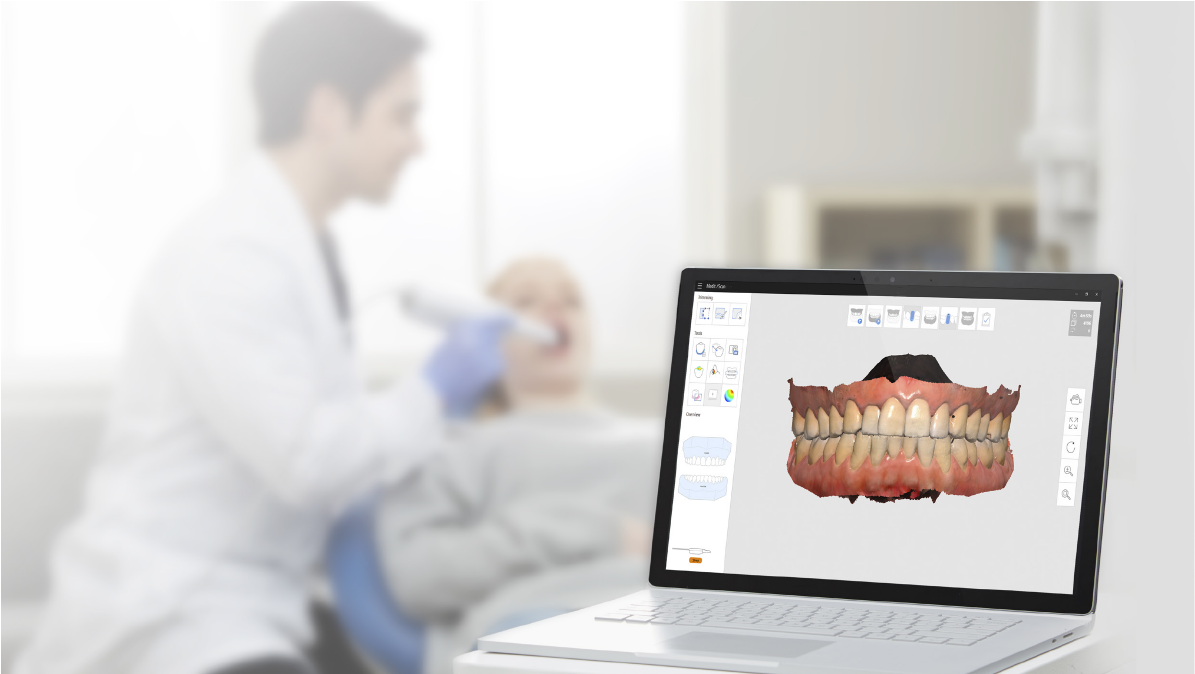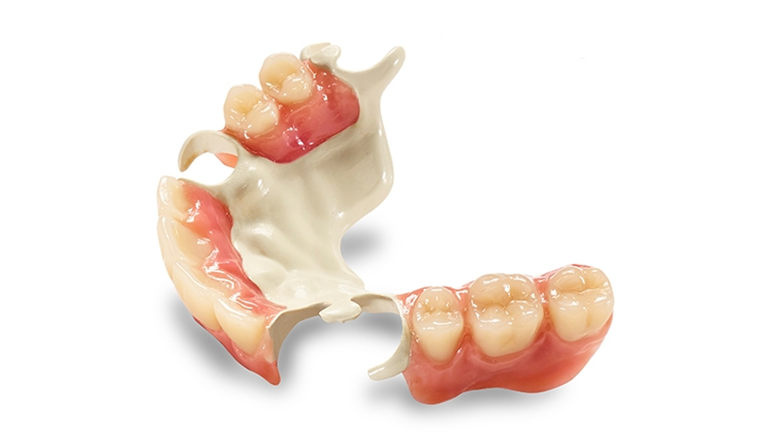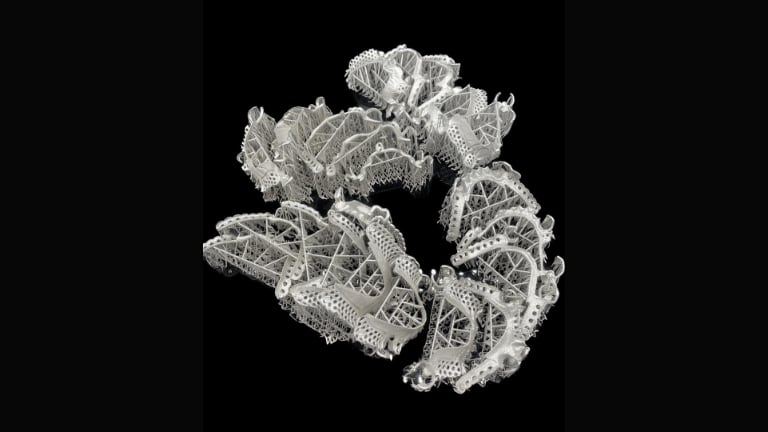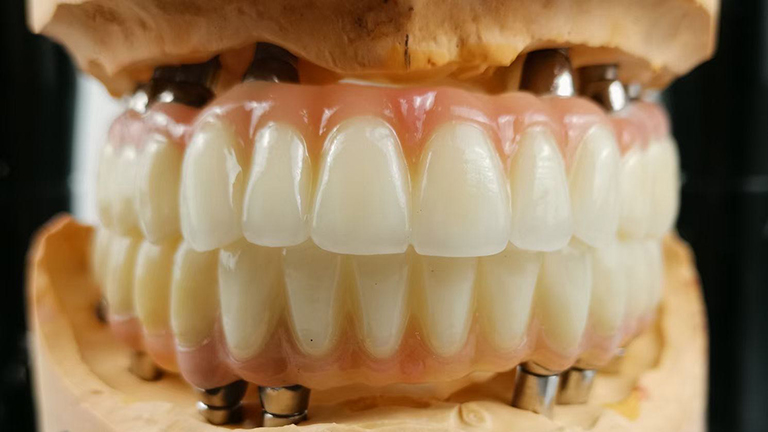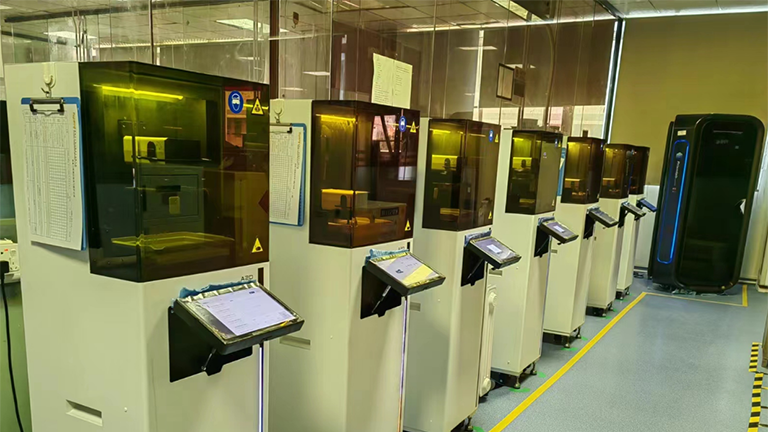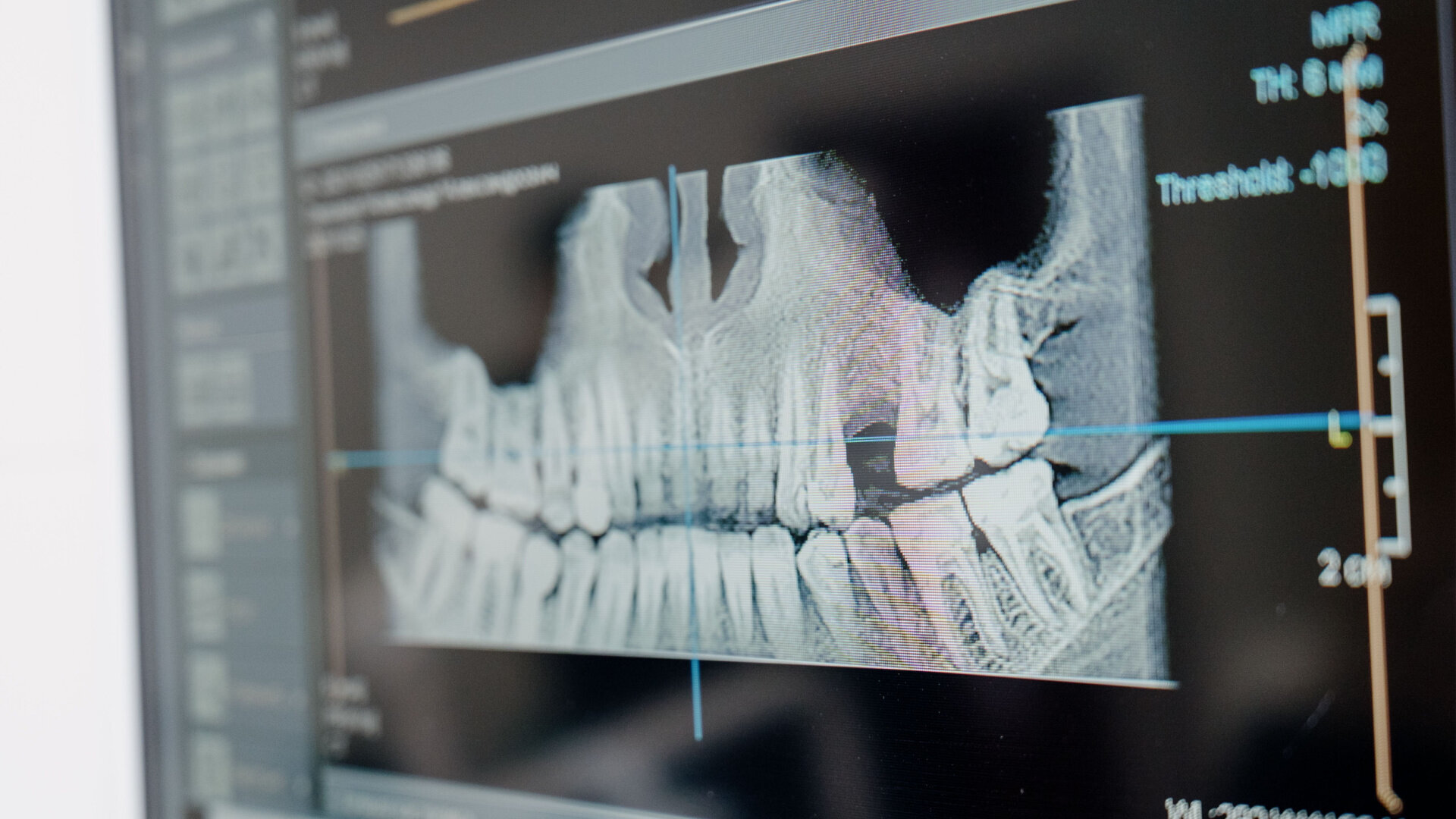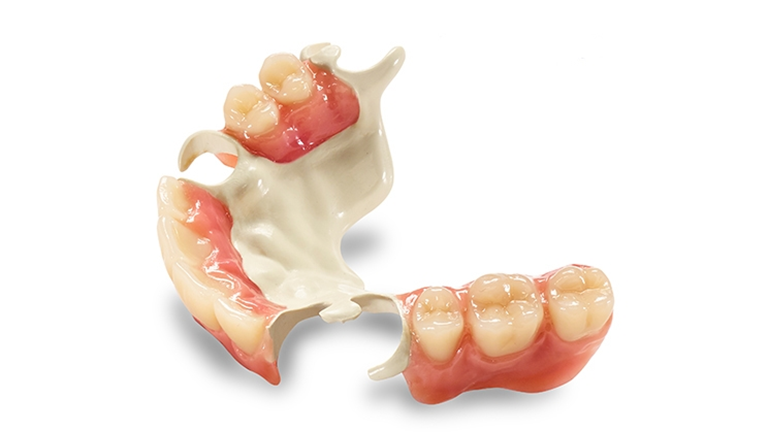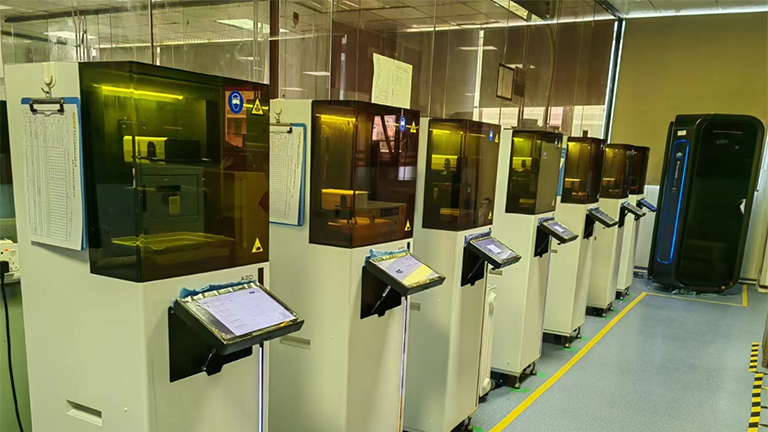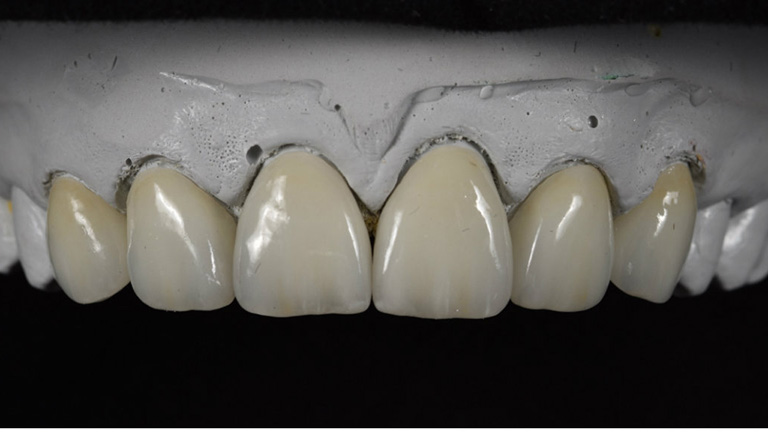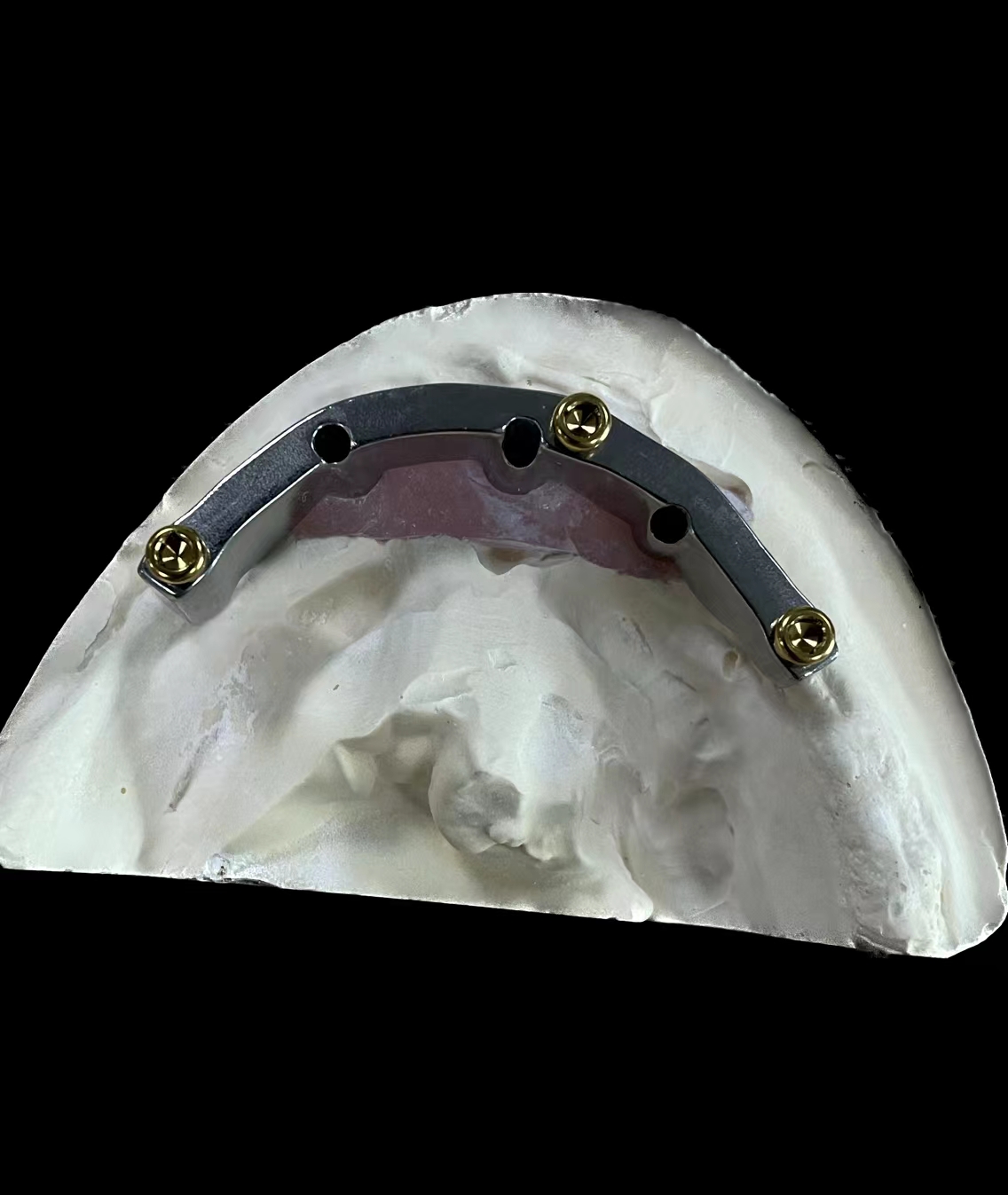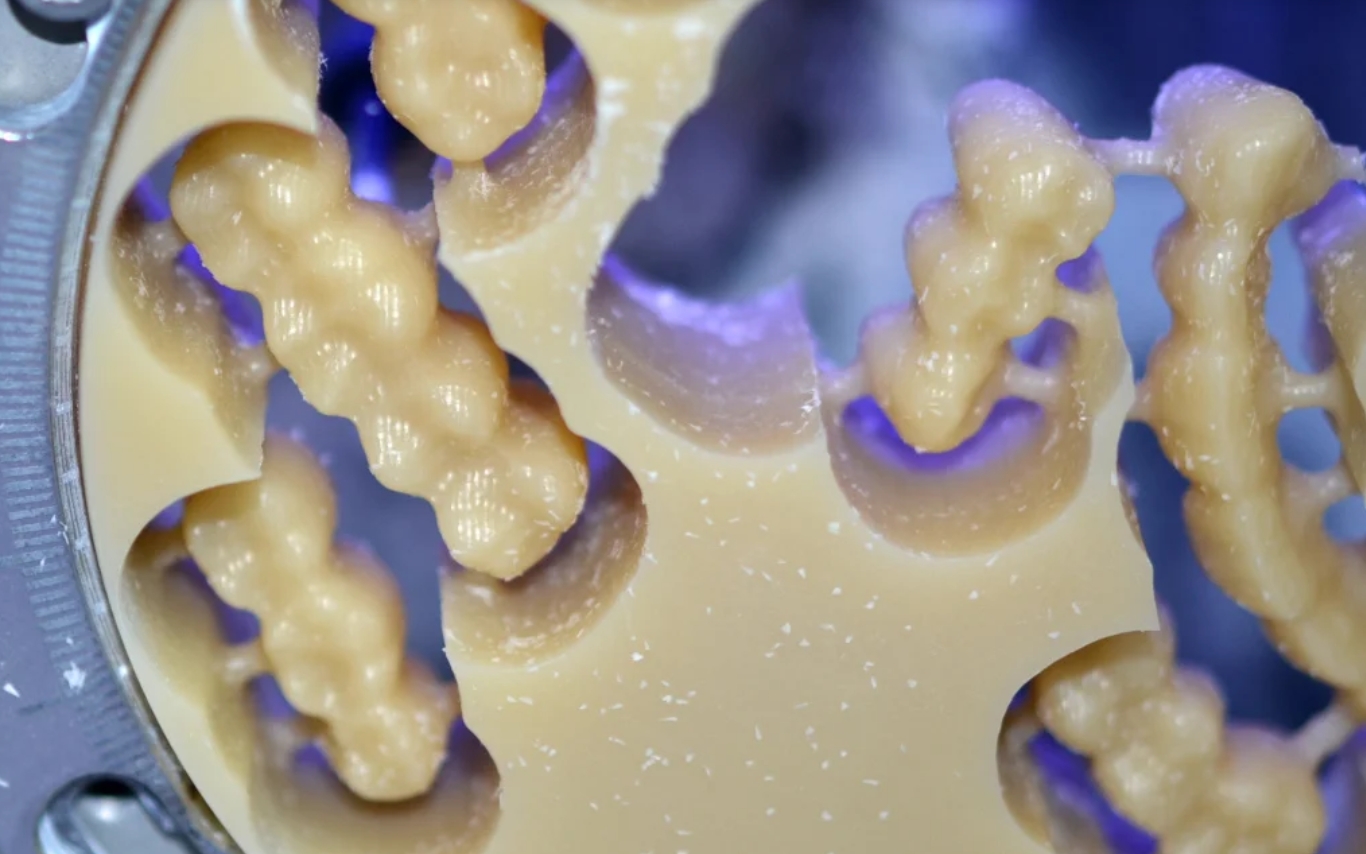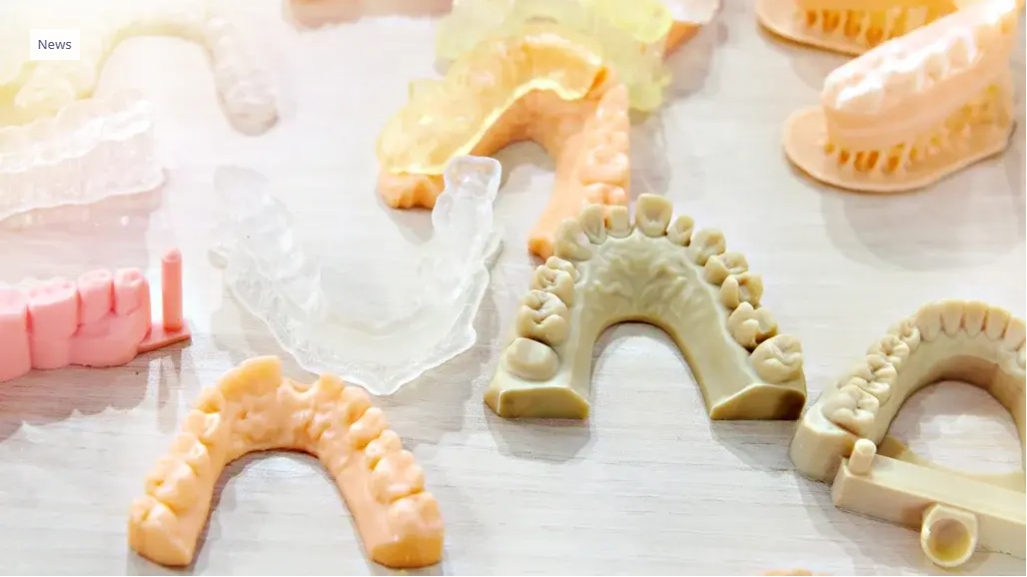Full Zirconia Dental Solution – Ultimate Strength and Durability
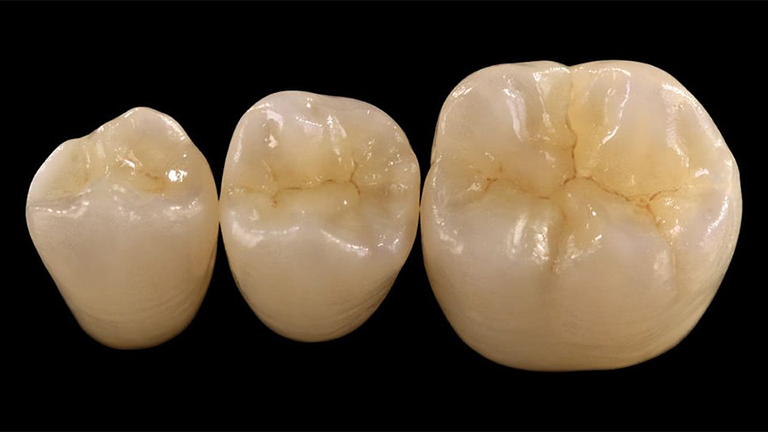
Dental care is essential for overall health and well-being. However, many people are hesitant to visit the dentist due to the fear of pain and discomfort associated with traditional dental treatments. Fortunately, advancements in dental technology and materials have made dental procedures more comfortable and effective. One such advancement is full zirconia technology.
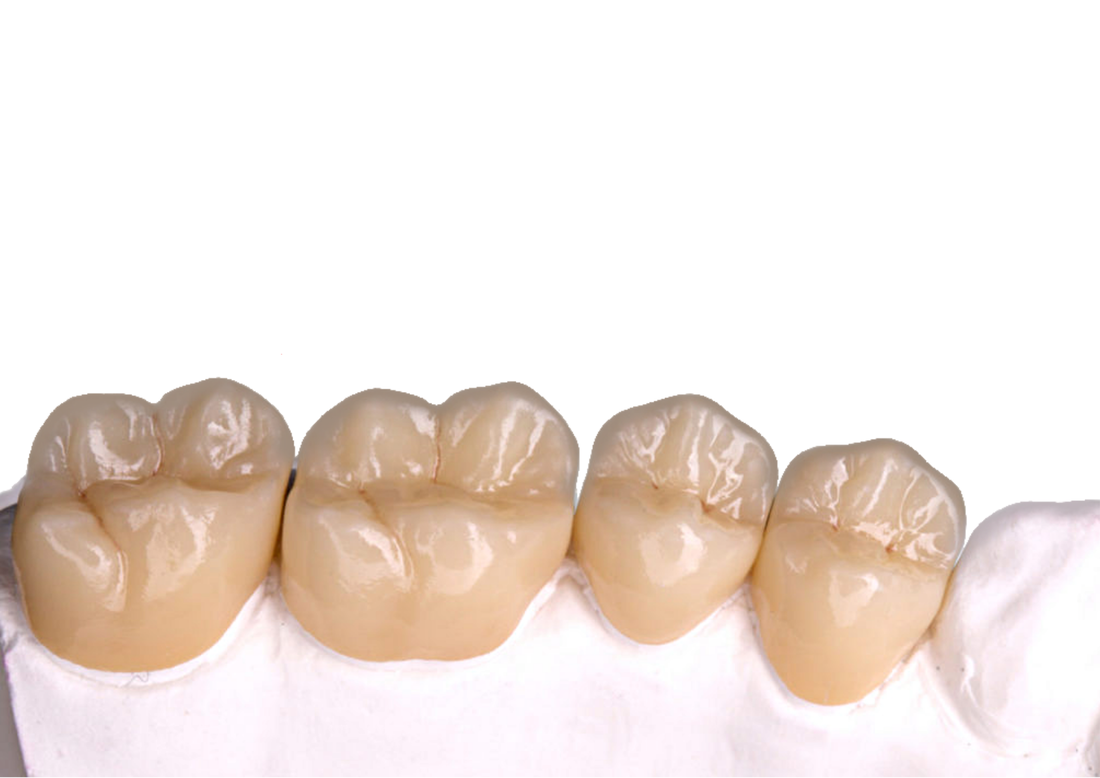
What is Full Zirconia Technology?
Full zirconia technology utilizes a ceramic material known as zirconia to create dental crowns, bridges, and other restorations. Zirconia is a biocompatible, durable, and highly aesthetic material that mimics the look and feel of natural teeth. Additionally, full zirconia restorations are made using CAD/CAM technology, which ensures precise accuracy and a perfect fit.
Full Zirconia Dental Solution – Ultimate Strength and Durability
Dental restoration is an essential part of modern dentistry, and a full zirconia dental solution is the ultimate choice for patients who want strength and durability. Zirconia is a unique material that has become increasingly popular in the dental industry, thanks to its impressive physical and mechanical properties.
Zirconia is composed of zirconium dioxide, a ceramic material that is highly resistant to wear and tear, making it an excellent alternative to traditional dental materials such as metal or porcelain. Zirconia is incredibly strong, and this strength comes from its crystalline structure. Its strength and durability make it the ideal choice for dental restorations, especially when it comes to posterior teeth, which are subject to a lot of pressure and wear.
Full zirconia dental solutions can be used to replace damaged, decayed, or missing teeth. They can also be used to support dental bridges and crowns. A full zirconia dental solution consists of a zirconia framework, which is coated with a layer of dental porcelain to mimic the color and translucency of natural teeth. This layer is vital for aesthetics, as it ensures that the zirconia dental restorations blend in seamlessly with the rest of the teeth.
One of the most significant advantages of a full zirconia dental solution is its longevity. Zirconia restorations can last up to 15 years or more, which is significantly longer than traditional dental restorations. Its durability and superior strength also make it less prone to chipping or cracking.
Another advantage of a full zirconia dental solution is that it is metal-free, making it a healthier option for patients. Metals such as nickel and chrome are known to cause allergic reactions and other health complications. Zirconia restorations do not contain these metals, which makes them a safer and more comfortable option.
Patients who opt for a full zirconia dental solution enjoy several benefits, including a high level of comfort. Zirconia restorations are incredibly smooth and do not irritate gums or surrounding tissues. They also do not conduct heat or cold, which means that patients do not experience sensitivity to hot or cold foods or drinks.
Benefits of Full Zirconia Technology
Improved Durability: Full zirconia restorations are highly durable and long-lasting. They can withstand the forces of chewing and grinding without chipping, cracking, or wearing down. This is particularly beneficial for people who grind or clench their teeth, as traditional crowns and bridges made of porcelain or metal can chip or break under the pressure.
Enhanced Aesthetics: Full zirconia restorations are highly aesthetic and blend seamlessly with natural teeth. They are available in a variety of shades and translucencies, allowing them to match the surrounding teeth perfectly. Additionally, zirconia does not discolor or stain over time, ensuring that your restoration looks natural and beautiful for years to come.
Improved Biocompatibility: Zirconia is a biocompatible material that has been used in medical implants for decades. This means that it is safe for use in the human body and is unlikely to cause an allergic reaction or rejection.
Reduced Sensitivity: Full zirconia restorations are less likely to cause sensitivity than traditional crowns and bridges. This is because zirconia does not conduct heat or cold in the same way as metal or porcelain, reducing the likelihood of post-operative sensitivity.
How to Upgrade Your Dental Care with Full Zirconia Technology
If you are interested in upgrading your dental care with full zirconia technology, the first step is to visit your dentist for a consultation. Your dentist will evaluate your oral health and determine if zirconia restorations are right for you. If so, they will take impressions of your teeth and send them to a dental laboratory, where your restoration will be crafted using CAD/CAM technology. Once complete, your dentist will bond the restoration to your tooth or teeth, creating a strong and beautiful restoration that will last for years to come.
In Conclusion
Upgrading your dental care with full zirconia technology is a smart choice. Not only does it offer improved durability, aesthetics, biocompatibility, and reduced sensitivity, it also allows you to receive dental restorations that look and feel like natural teeth. So why continue to suffer from tooth pain and discomfort when full zirconia technology is available? Schedule a consultation with your dentist today to learn more.





